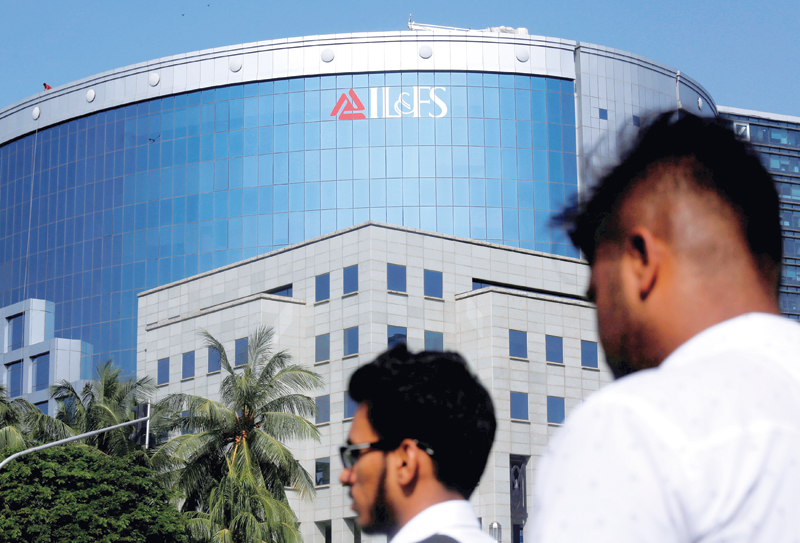

NEW DELHI: India’s burgeoning shadow finance sector is likely to face a shake-up after defaults at one major lender battered the financial markets in the past week and reinforced worries about credit risk.
Industry officials and experts say they expect Indian regulators to cancel the licenses of as many as 1,500 smaller non-banking finance companies because they don’t have adequate capital, and to also make it more difficult for new applicants to get approval.
The Reserve Bank of India (RBI), which has been tightening rules for non-banking financial companies (NBFCs), did not respond to requests for comment.
Better capitalised and more conservatively run finance firms are likely to swallow up an increasing number of smaller rivals, the experts said. That could make it difficult for many small borrowers to get loans, especially in the countryside where two-thirds of India’s 1.3 billion people live, and put the brakes on a surge in private consumption with a knock-on effect on growth.
Infrastructure Financing and Leasing Services Ltd (IL&FS), a major infrastructure financing and construction company, sent shockwaves through the NBFC sector when it defaulted on some of its debt obligations in recent weeks.
Then last Friday, a large fund manager sold short-term bonds issued by home loan provider Dewan Housing Finance at a sharp discount, raising fears of wider liquidity problems.
“The way things are unfolding, there is certainly cause for concern and the sector could see consolidation,” said Harun Rashid Khan, a former deputy governor at the RBI and now a non-executive chairman at Bandhan Bank Ltd, formerly a microfinance company specialising in small-value loans.
“The whole issue is they have to take care of their asset-liability mismatch,” Khan said in reference to concerns that some of the firms have borrowed short-term when their revenue streams are longer-term.
The spotlight has now been turned on thousands of “high-risk” small players dominating lending in villages and towns.
The shadow banking sector now comprises more than 11,400 firms with a combined balance-sheet worth Rs 22.1 trillion ($304 billion), and is less strictly regulated than banks. It has been attracting new investors, particularly as the nation’s banks have had to slow their lending as they seek to work through $150 billion of stressed assets.
The NBFC loan books have grown at nearly twice the pace of banks, and the cream of them, including IL&FS, had received top credit ratings.
Those credit ratings are now being called into question — IL&FS has suffered a series of downgrades in recent months — and there are growing concerns that many of these firms took on excessive credit risk by lending to people with little means of paying them back. There are also growing questions about whether lax regulation has allowed some of these firms to be used for money laundering. — Reuters
Oman Observer is now on the WhatsApp channel. Click here



